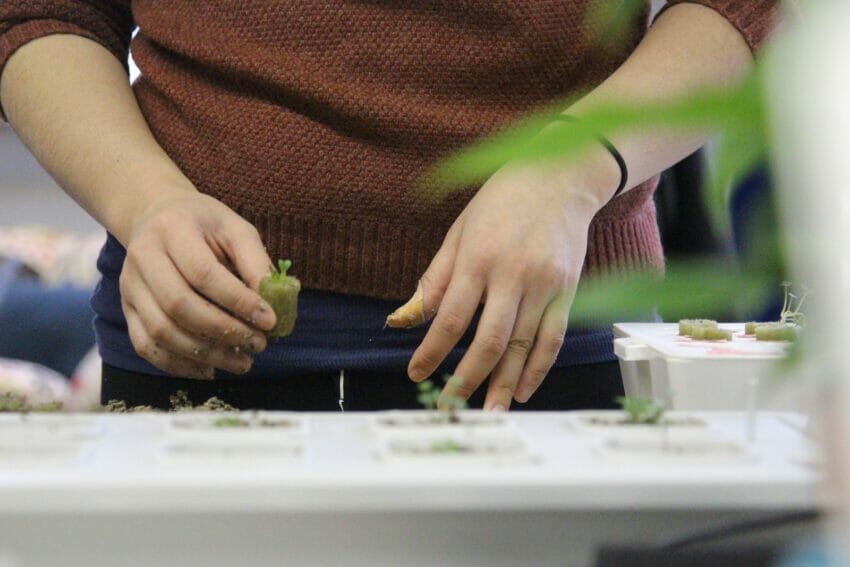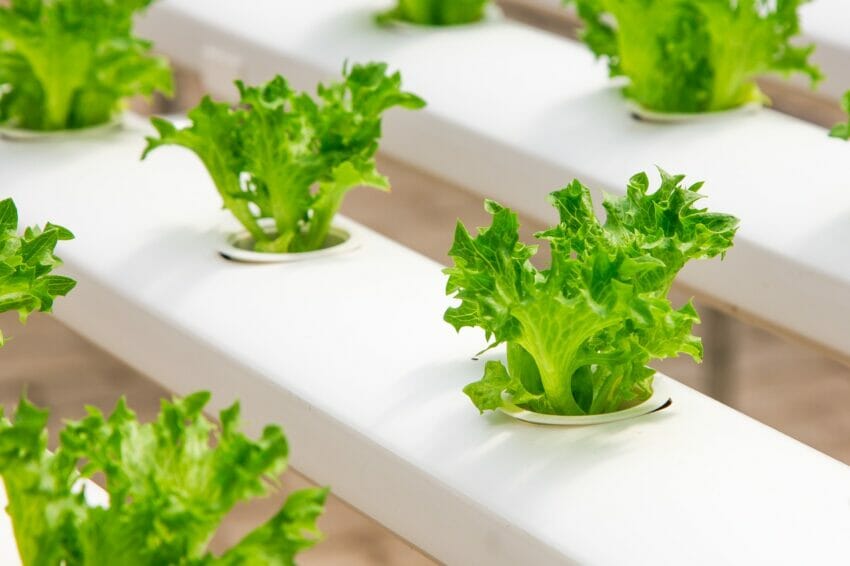Many people have tried out hydroponics without knowing. If you have ever cut a plant stem and stuck it in a container with water to grow roots, you’ve already taken advantage of hydroponic gardening. Hydroponics originates from two simple words; water and labour. It represents a technique of raising plants in nutrient-rich solution instead of soil.
An increasing number of vegetables, fruits and herbs in modern grocery stores and homes are grown hydroponically. Homeowners use different types of hydroponic gardens, including indoor garden tower systems. They are all available in different sizes, shapes and types to meet every homeowner’s unique needs and requirements.
What Are the Benefits of Hydroponics?
While hydroponics gardening involves some complex systems and concepts compared to traditional growing, there are several reasons why many homeowners switch to it. These reasons are:
- Heavier Yields: A hydroponic system occupies a small space. But its yields are heavier, making it ideal for urban dwellers. Hydroponic gardening harvests can be up to 30% higher compared to soil farming. Adding the faster growth rate of hydroponic plants means you can harvest several times a year.
- Higher Efficiency: Hydroponic gardening utilises the latest technologies, including AI and machine learning, making it more efficient. You’ll use less water to raise your plants. Modern hydroponic systems reuse water to increase efficiency. This not only saves you money on water and nutrients but also preserves the universe. Additionally, the latest technologies that hydroponic farming uses allow farmers to manage their gardens anywhere, anytime.
- Faster Growth Rates: You’ll also benefit from the quicker growth rate of hydroponic plants. Hydroponic plants grow approximately 25% faster than their soil counterparts. This means more harvests a year due to less harvest time.
What Are the Disadvantages of Hydroponics?
Nothing is perfect, and in line with this, hydroponics gardening comes with some drawbacks. But the best part is that all the disadvantages have solutions, as long as you partner with a top-rated hydroponic systems service provider. These disadvantages include:
- It’s a little bit tougher method for beginners
- It’s costly but worth your money
What Growing Media Does Hydroponic Gardening Use?
As you already know, hydroponics doesn’t use soil. So what does it replace the soil with? Instead of soil, hydroponics uses something fully inert. The only purpose of growing media is to help anchor the plant roots in place and offer much-needed support to your crops. Some of the most popular inert growing media for hydroponic gardening include:
- Coco coir
- Growstones or clay pebbles
- Rockwool
- Oasis cube
How Can Gardyn Help With Hydroponic Indoor Gardening?
Gardyn offers the newest, quickest and simplest way to transform any space in your house, whether kitchen windows or tight corners, into thriving indoor gardens. Gardyn’s unique indoor gardening systems use the provider’s patented hydroponics technology for a vast plant portfolio, unparalleled plant density, revolutionary machine vision, and self-sustaining water and nutrient management.
All these unique features are accommodated within a beautifully-designed and elegant indoor garden tower. It’s a hydroponic gardening system that you’ve never seen elsewhere!








